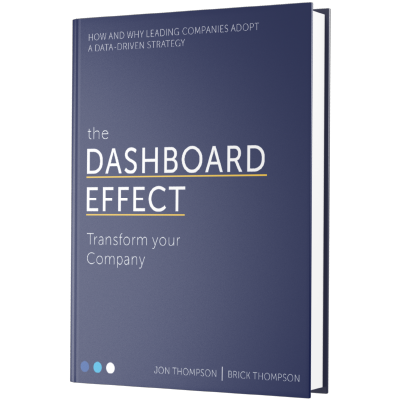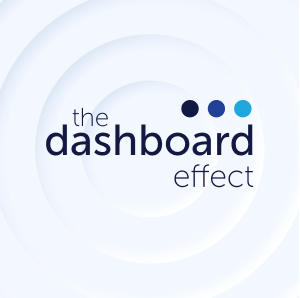Most mid-market companies track the obvious metrics: revenue, margins, utilization. But in our work across hundreds of organizations, we find that what companies watch often doesn’t help them decide what to do next. They’re measuring outcomes, rather than the inputs that drive those outcomes.
This backward view causes even the strongest operators to chase lagging indicators instead of managing the levers that actually move them.
One Client’s Shift from Lagging to Leading
We recently partnered with a commercial services firm that was already performing well, strong team, rapid growth, solid operations. But they saw an opportunity: improve technician utilization by just a few percentage points, and they could drop millions to their bottom line.
They were already tracking utilization. The problem? They weren’t improving it.
We interviewed field managers and discovered key causes behind unbillable time: excessive admin work, travel inefficiencies, and underreported training hours. Because we already had access to their timekeeping and ticketing systems, we were able to rapidly surface related metrics. We added fleet data and created a focused view of what was really happening in the field.
Within months, they gained a 4-point utilization lift, without adding headcount. That translated to $4M+ in annual margin gains, all from better visibility into daily operations.
This Isn’t AI. It’s Operational Clarity.
This isn’t about machine learning or advanced forecasting. It’s about giving your managers daily clarity, a short list of metrics that show what to act on, right now.
Many companies already have the data. What they lack is distilled insight, daily signals that guide action. When BI is done right, it’s not a reporting deliverable. It’s a decision-making tool.
Getting Started: The 6-Step Blueprint
- Pick one question.
What’s one thing you wish you knew each day that would help you act faster or smarter? Start there. - Inventory your data.
Your time tracking, project management, and accounting tools likely already have what you need. - Sketch the view.
Use a spreadsheet or whiteboard. What would a manager need to see, nothing more, to decide where to focus? - Test it manually.
Prove that it helps. See how managers use it and what decisions they make. - Then automate.
Only after it’s useful. And only what’s needed to keep it top-of-mind. - Iterate with use.
A narrow, trusted dashboard beats a sprawling report that collects dust.
From Intuition to Engineered Execution
The best operators don’t rely on gut feel alone. They engineer visibility into the daily drivers of performance and act decisively. With the right metrics in hand, teams focus faster, waste less effort, and gain confidence in where they’re headed.
If you’re looking to create clearer visibility into the drivers of performance in your business, but your team doesn’t have the time or tools to do it right, we can help. At Blue Margin, we specialize in building focused, high-impact dashboards that help leadership teams manage what matters most. Let’s talk.


